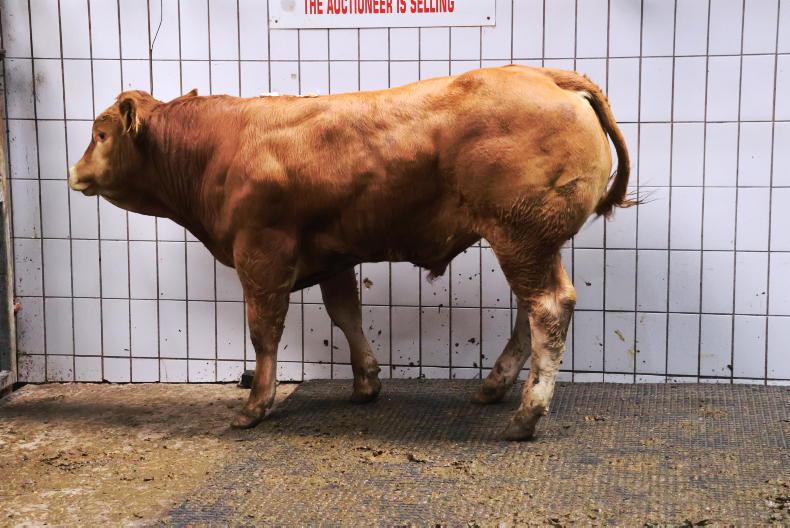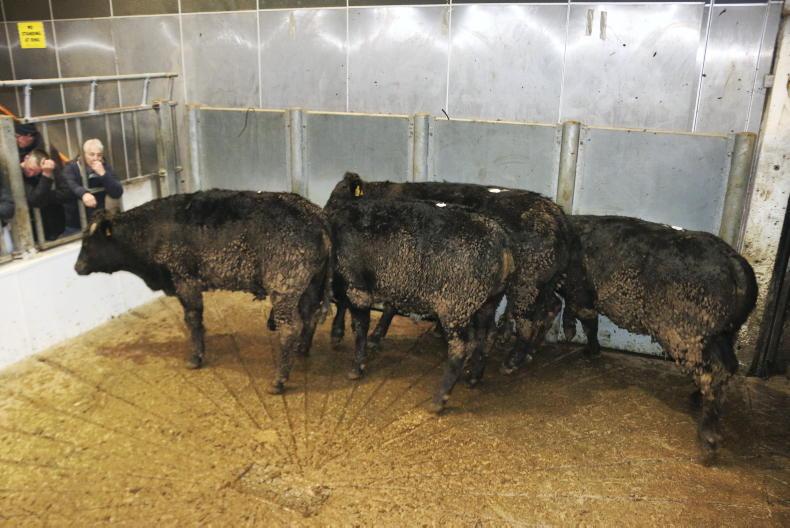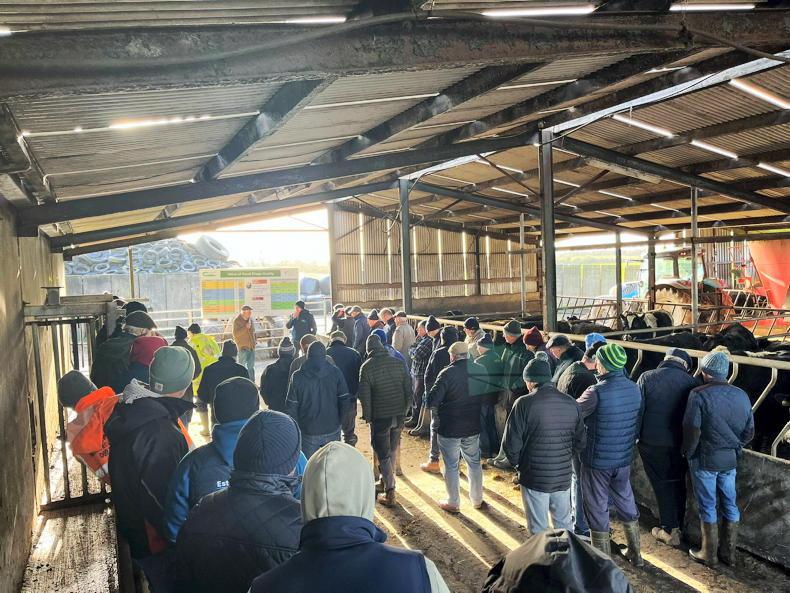In this week’s calf focus, Declan Marren takes a look at calf-rearing costs and what they will mean for beef prices required for dairy beef in 2024.
Martin Merrick takes a look at some modular housing and how it may help where farms need calf-rearing capacity to increase very quickly. We also take a look at the Teagasc EveryCalf project and some of the initial results from the first year of calves reared.
On page 42, Mark Waters details the some of the results from the Green Breed project where calves were DNA-registered on dairy farms. The project has proven that a DNA calf registration system could be rolled out on a national basis.
As a country, we are unique in our ability to do this and the power of a DNA-verified national herd has to be a massive positive from a marketing point of view. And yet, we sit on our hands.
Teagasc is looking into the possibility of DNA-registering calves on its research and demonstration farms, but has expressed concern about the process not delivering enough value for money.
We have technology which could help beef farmers identify better calves through the CBV index. This index takes both the cow’s and sire’s genetics into account, giving the beef farmer the best possible indication of the potential profitability of the calf, and yet we have our State research and advisory body unwilling to back such an initiative. We need to move to a system where calves are bought on their profit potential, not the length of their hair or the colour of their eyes.
The time for talking is over. We need action from all the relevant authorities
Meanwhile, dairy beef farmers continue to leave the business, with many questioning the commitment of dairy farmers to provide good-quality calves that will deliver a decent carcase weight and grade.
Huge increases in costs are also seeing many crunch figures that just won’t add up. This all happens on the back of huge issues on the horizon for calf exports.
Current headwinds would suggest that the days of exporting three-week-old calves to Europe are coming to an end and European policy could dictate that the minimum age that calves can be exported is 10 weeks.
There are also concerns that Ireland’s IBR policy will lock us out of important European markets like the Netherlands, which took almost 100,000 calves in 2023.
The time for talking is over. We need action from all the relevant authorities – the Department of Agriculture, Teagasc, Animal Health Ireland, Bord Bia, dairy farmers and beef farmers.
At the moment, we are enjoying a very strong period for calf and weanling exports. If for some reason this stopped, do we have the capacity to rear the calves and what effect would 150,000 extra cattle have on beef price?
I think we all know the answer, but nobody wants to go there.










SHARING OPTIONS